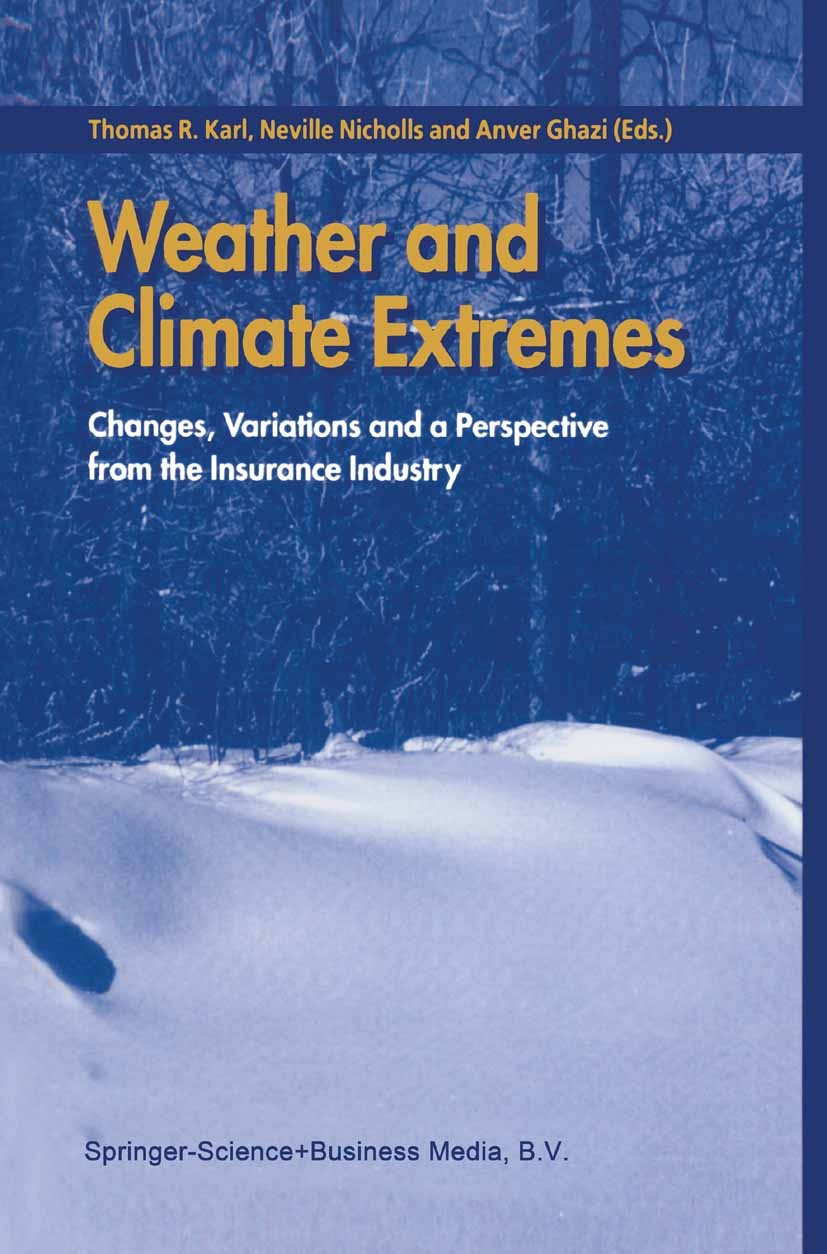A hybrid statistical-dynamical method to translate past extreme temperature days into the future climate
IF 6.9
1区 地球科学
Q1 METEOROLOGY & ATMOSPHERIC SCIENCES
引用次数: 0
Abstract
This study presents a novel hybrid statistical-dynamical method intended to translate past observed weather events into the future climate, and applies it to warm and cold extreme temperature days over western Europe. The method estimates the temperature anomalies that would result if an observed event of the 1940–2023 period, defined in terms of atmospheric circulation, were to occur at the end of the 21st century, under new climatological conditions. In practice, constructed analogues of observed extreme events are built using data from regional climate projections. Three regional climate projections under the RCP8.5 emissions pathway are used in order to assess the role of model uncertainties in this context. The same approach is also used beforehand to assess the role of large-scale circulation in the observed extreme temperature days, and the ability of regional climate models to capture it is evaluated. The study finds significant variability in the role of atmospheric dynamics in extreme temperature days, contributing 35–80 % of the temperature anomaly for warm days and 20–90 % for cold days, with other factors such as land-atmosphere interactions playing an amplifying role. Regional climate models generally capture the dynamical part of temperature anomalies quite correctly. Not surprisingly extreme temperature days become more intense in the future climate, but a large inter-event spread exists. Some of the events could become much warmer, while others would not change much. Moreover, this intensification varies widely between regional climate models, and not necessarily in line with the average warming.
一种将过去极端温度日转化为未来气候的混合统计-动力方法
本研究提出了一种新的混合统计动力学方法,旨在将过去观测到的天气事件转化为未来的气候,并将其应用于西欧的温暖和寒冷极端温度日。该方法估计了在新的气候条件下,如果观测到的1940-2023年期间的事件(根据大气环流定义)发生在21世纪末,将导致的温度异常。在实践中,利用区域气候预估的数据构建观测到的极端事件的类似物。利用RCP8.5排放路径下的三个区域气候预估来评估模式不确定性在这一背景下的作用。同样的方法也预先用于评估大尺度环流在观测到的极端温度日数中的作用,并评估了区域气候模式捕捉大尺度环流的能力。研究发现,大气动力在极端温度日中的作用具有显著的变异性,对温暖日和寒冷日温度异常的贡献率分别为35 - 80%和20 - 90%,而陆-气相互作用等其他因子则起着放大作用。区域气候模式通常能相当准确地捕捉温度异常的动力部分。在未来的气候中,极端温度的天气会变得更加强烈,这并不奇怪,但存在一个大的事件间传播。有些事件可能会变得更加温暖,而其他事件则不会发生太大变化。此外,在不同的区域气候模式之间,这种强度差异很大,不一定与平均变暖一致。
本文章由计算机程序翻译,如有差异,请以英文原文为准。
求助全文
约1分钟内获得全文
求助全文
来源期刊

Weather and Climate Extremes
Earth and Planetary Sciences-Atmospheric Science
CiteScore
11.00
自引率
7.50%
发文量
102
审稿时长
33 weeks
期刊介绍:
Weather and Climate Extremes
Target Audience:
Academics
Decision makers
International development agencies
Non-governmental organizations (NGOs)
Civil society
Focus Areas:
Research in weather and climate extremes
Monitoring and early warning systems
Assessment of vulnerability and impacts
Developing and implementing intervention policies
Effective risk management and adaptation practices
Engagement of local communities in adopting coping strategies
Information and communication strategies tailored to local and regional needs and circumstances
 求助内容:
求助内容: 应助结果提醒方式:
应助结果提醒方式:


